Every package your business sends out is an opportunity to make a positive impact—on your customers and the planet. As environmental awareness increases, small businesses like yours are at the forefront of adopting eco-friendly packaging solutions. This isn’t just about reducing waste; it’s about building a brand that resonates with today’s eco-conscious consumers.
In this guide, we’ll dive into why sustainable packaging is essential, what options are available, the benefits, and how you can start making the switch.
What is Eco-Friendly Packaging?
Eco-friendly packaging, often referred to as sustainable packaging, involves the use of materials and production methods that have a minimal environmental impact. This type of packaging is designed to be safe for individuals and the ecosystem throughout its lifecycle, from production to reuse or disposal. Here’s what characterizes eco-friendly packaging:
- Materials: Eco-friendly packaging materials are typically made from renewable resources, are biodegradable, or are easily recyclable. Common materials include recycled paper, bioplastic (derived from natural materials like corn starch), bamboo, and other plant fibers.
- Production Process: The manufacturing process aims to reduce energy consumption and minimize waste. This includes using production methods that require less energy and conserve water compared to traditional packaging methods.
- Disposal: Sustainable packaging is designed to have a minimal impact on the environment at the end of its life cycle. It can be composted, recycled, or reused, thereby reducing the amount of waste sent to landfills.
- Design: The design of eco-friendly packaging is often minimalistic, which not only reduces the amount of material used but also emphasizes functionality and recycling simplicity.
Incorporating eco-friendly packaging into your business operations not only helps reduce environmental impact but also meets the increasing consumer demand for sustainable practices.
Why Eco-Friendly Packaging Matters for Your Business
The shift towards sustainable business practices is becoming a pivotal part of company ethics and consumer choice. Statistics reveal that a significant percentage of consumers prefer to purchase from environmentally responsible brands, highlighting the growing importance of sustainability in consumer preferences.
The impact of packaging on your business’s environmental footprint is profound, with traditional packaging solutions contributing significantly to waste and pollution. By transitioning to eco-friendly packaging, businesses can not only mitigate their environmental impact but also align themselves with consumer values that prioritize sustainability.
Benefits of Switching to Environmentally Friendly Shipping Supplies
Adopting environmentally friendly shipping supplies offers numerous benefits for small businesses, from financial advantages to enhancing public perception and contributing to environmental sustainability:
- Tax Incentives: Many governments offer tax breaks for businesses that implement green practices, including the use of eco-friendly packaging.
- Reduced Waste Disposal Fees: Sustainable packaging typically results in less waste, which can significantly lower the fees associated with waste management and disposal.
- Operational Efficiency: Lighter and more efficiently designed packaging can reduce shipping costs and improve the overall logistics of your supply chain.
- Customer Loyalty: Consumers are increasingly looking to support brands that demonstrate a commitment to sustainability, which can enhance customer retention and attract new buyers who prioritize eco-friendly practices.
- Market Differentiation: By adopting green initiatives, your business can stand out in a crowded market, offering a unique selling proposition that appeals to a growing demographic of environmentally conscious consumers.
- Reputation Management: Demonstrating responsibility towards the environment can improve your brand’s reputation, making your business a preferred choice for partnerships and collaborations.
- Reduced Carbon Footprint: Eco-friendly packaging often uses less energy to produce and can be transported more efficiently, thus reducing greenhouse gas emissions.
- Resource Conservation: Using recycled materials and biodegradable options helps conserve natural resources and reduce dependency on non-renewable materials.
- Waste Reduction: Sustainable packaging solutions are designed to be recycled or biodegraded, thereby minimizing the amount of waste that ends up in landfills.
- Regulatory Compliance: As governments worldwide tighten regulations on waste and recycling, adopting eco-friendly packaging early can help ensure compliance with current and future environmental regulations, avoiding potential fines and legal issues.
By integrating environmentally friendly shipping supplies, small businesses not only contribute to their sustainability goals but also enhance operational efficiencies, improve customer perceptions, and potentially gain a competitive advantage in their industry. These benefits align both with ethical business practices and strategic business growth.
Implementing Eco-Friendly Packing Solutions
Transitioning to eco-friendly packing involves several practical steps. Start with a thorough assessment of your current packaging materials and identify suitable eco-friendly alternatives. Here are some steps to guide your transition:
- Evaluate the sustainability of your current packaging and identify alternatives.
- Source eco-friendly materials from reliable suppliers.
- Gradually phase out less sustainable options as stock depletes.
Communicating these changes to your customers can also enhance your brand’s reputation. Transparency about your sustainability efforts can foster greater consumer trust and loyalty.
Getting Started with Your Eco-Friendly Packaging Initiative
For small businesses looking to start their journey towards sustainable packaging, here is a simple checklist:
- Budget assessment: Determine the financial impact and potential savings from switching to eco-friendly packaging.
- Timeline planning: Set realistic timelines for the transition, considering any potential disruptions.
- Supplier selection: Choose suppliers that align with your sustainability goals and can provide the necessary materials.
For further assistance, consider reaching out to consultants or organizations specializing in sustainable business practices. They can offer tailored advice and support throughout your transition.
Switching to eco-friendly packaging is not just a trend but a strategic business decision that can significantly impact your brand’s image, customer loyalty, and the environment. By understanding the importance of sustainable packaging, the benefits it offers, and how to implement it, small businesses can take meaningful steps towards a more sustainable future.
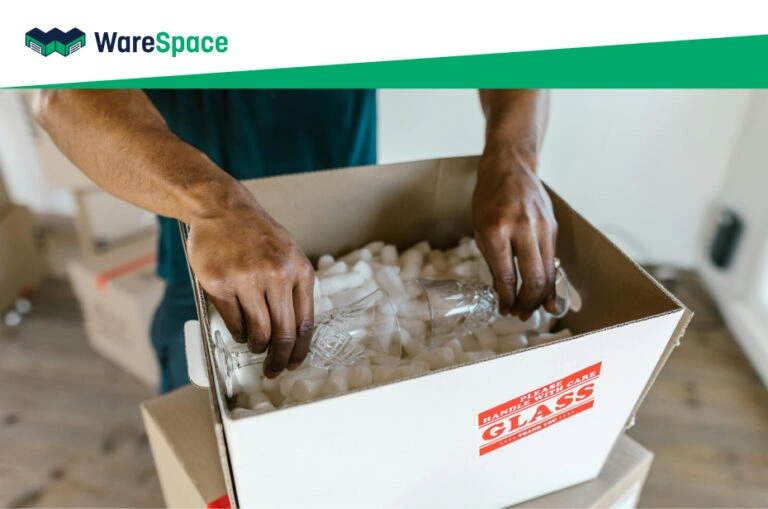
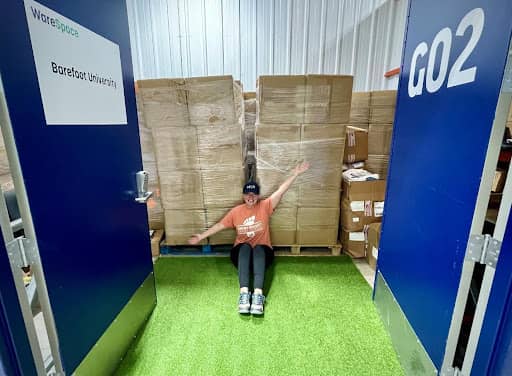


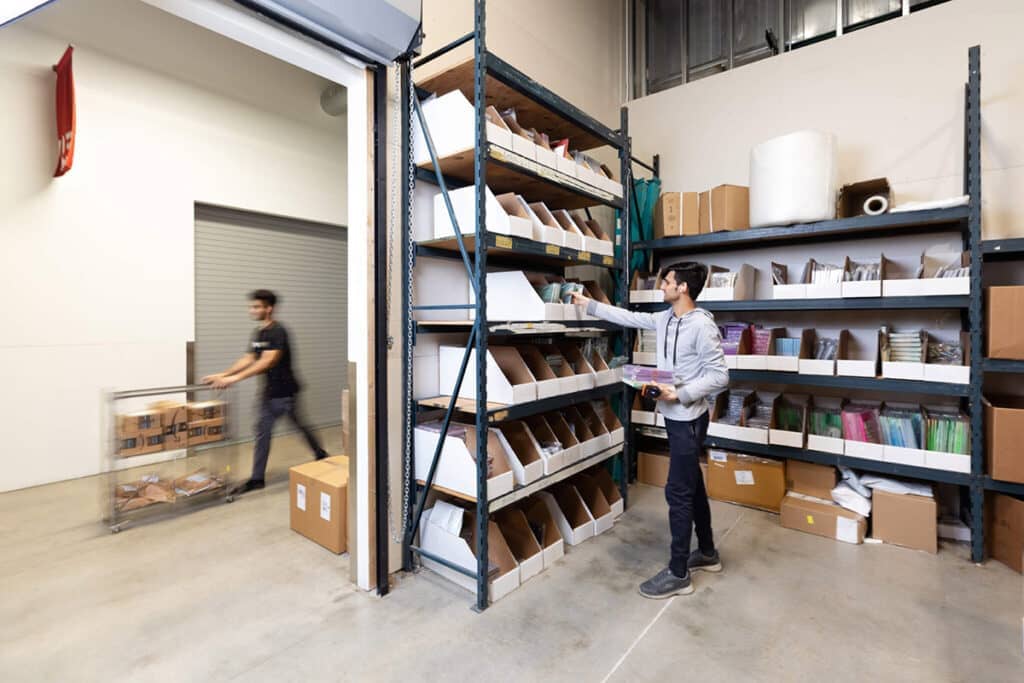
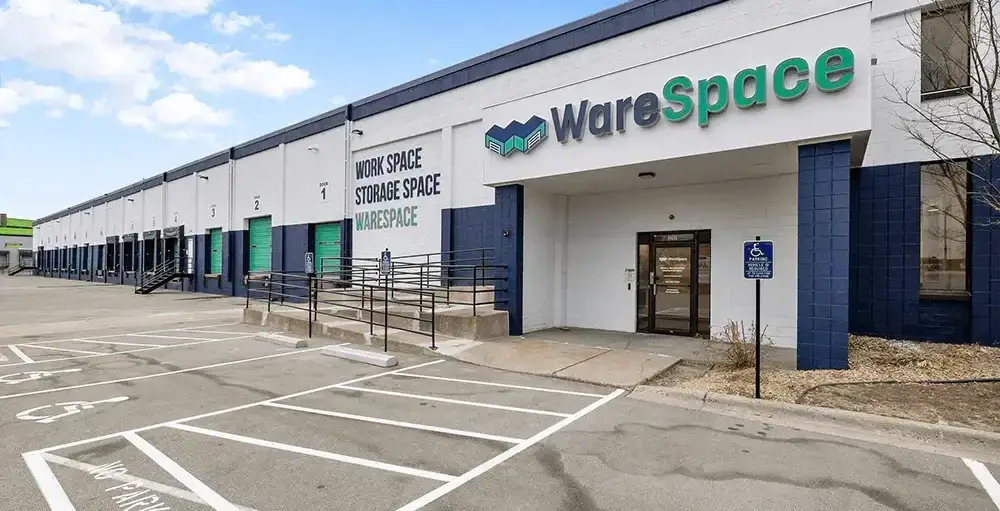
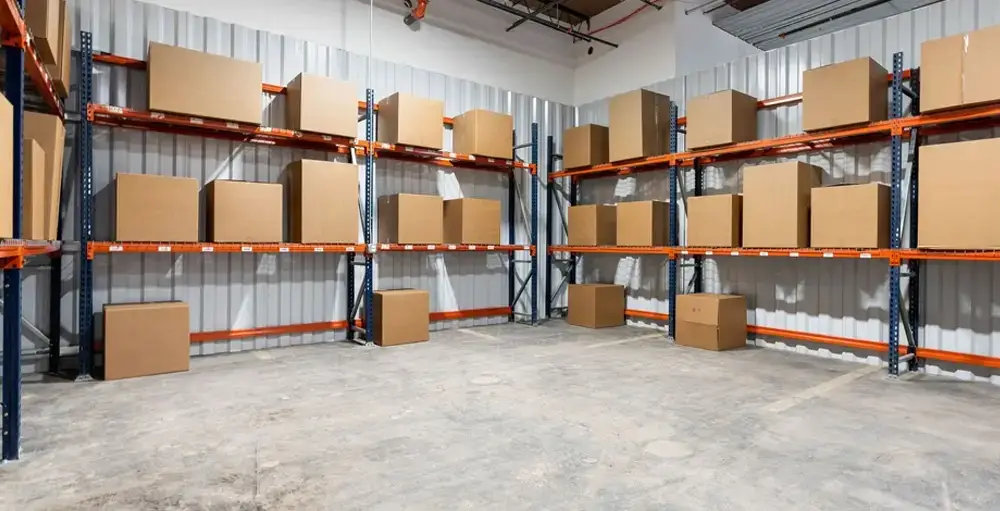
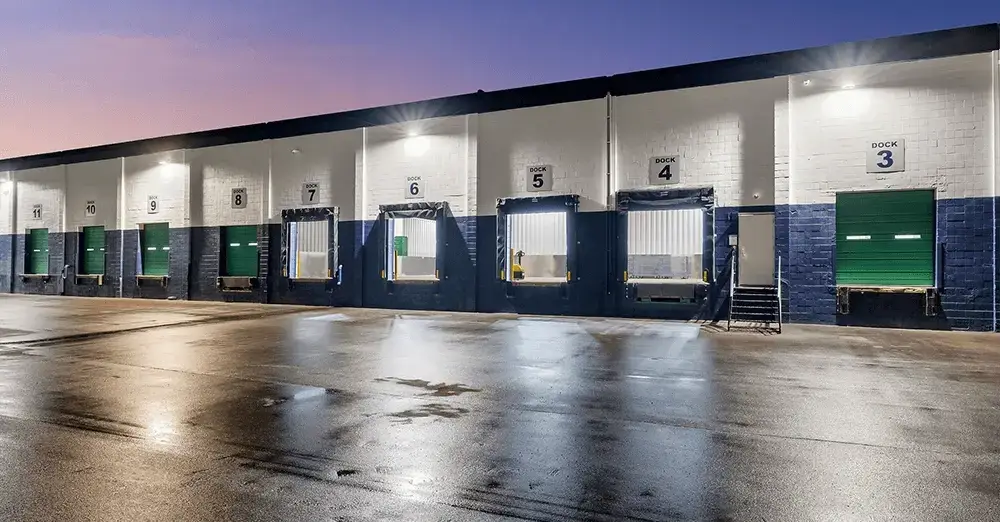
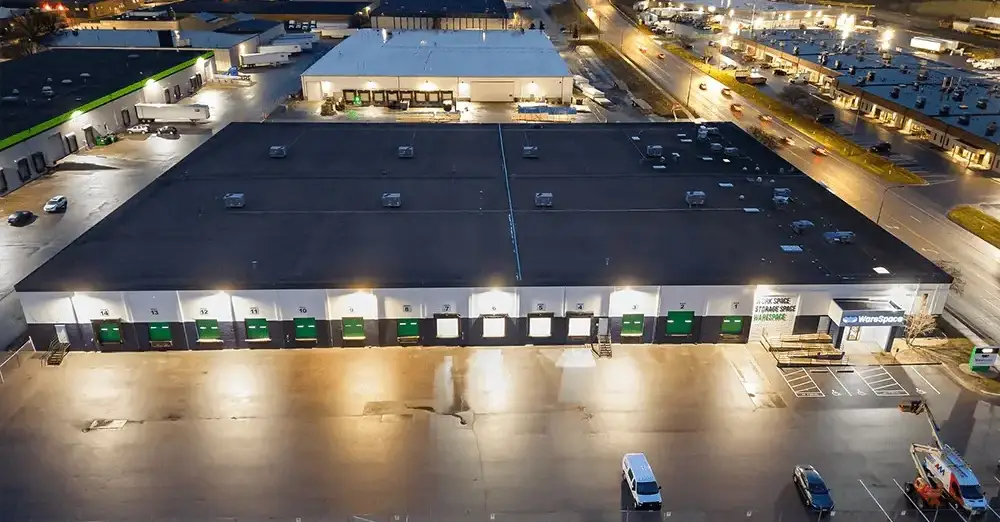











 ►
Explore 3D Space
►
Explore 3D Space